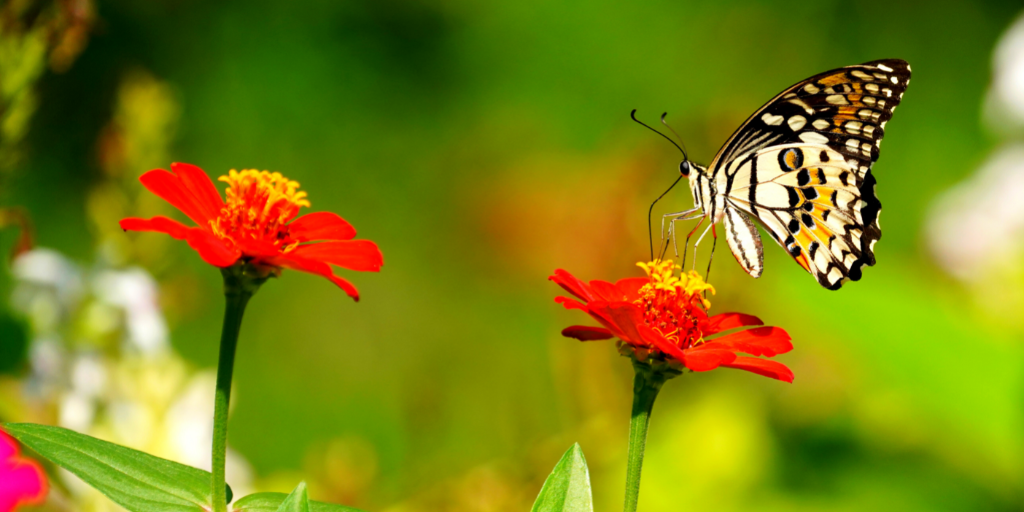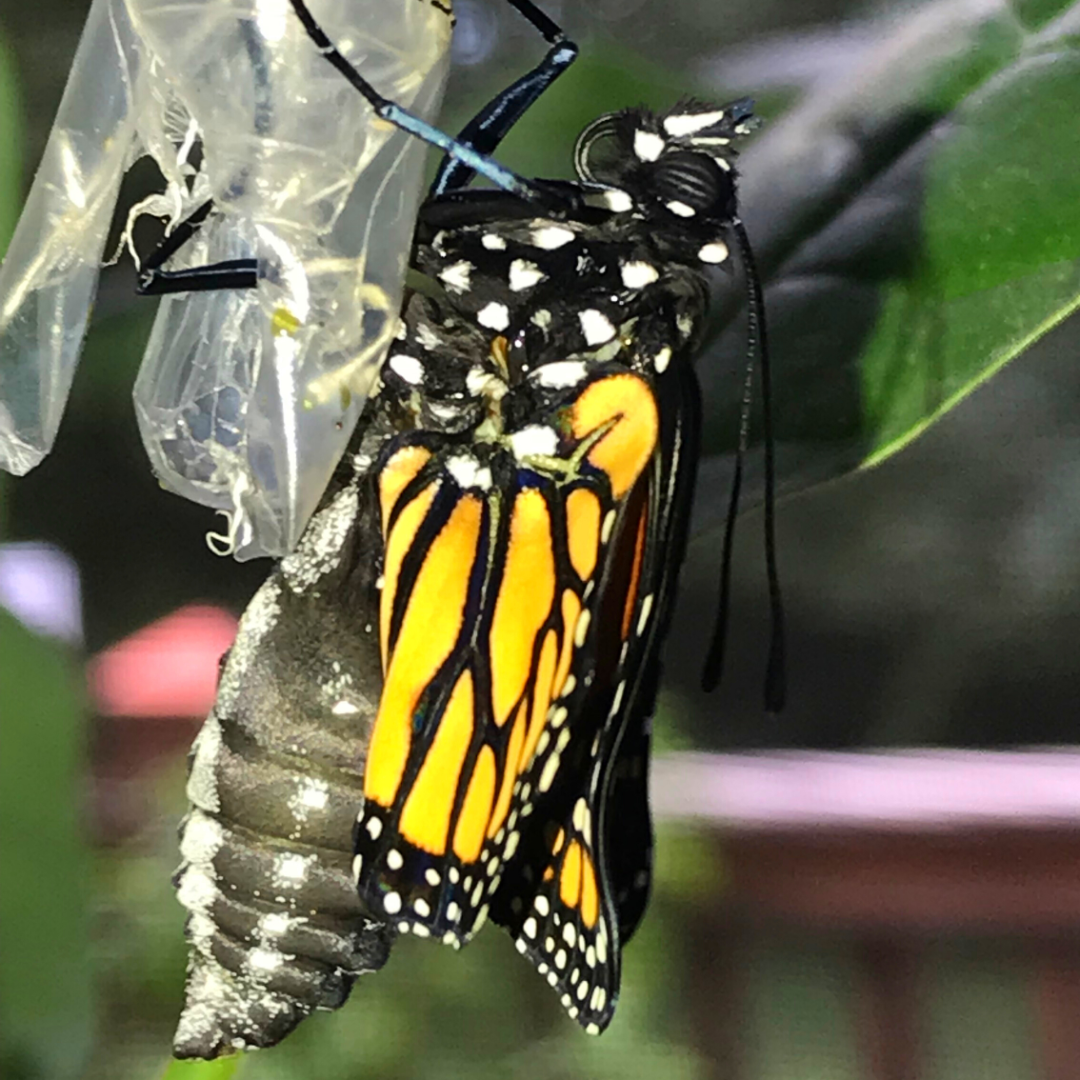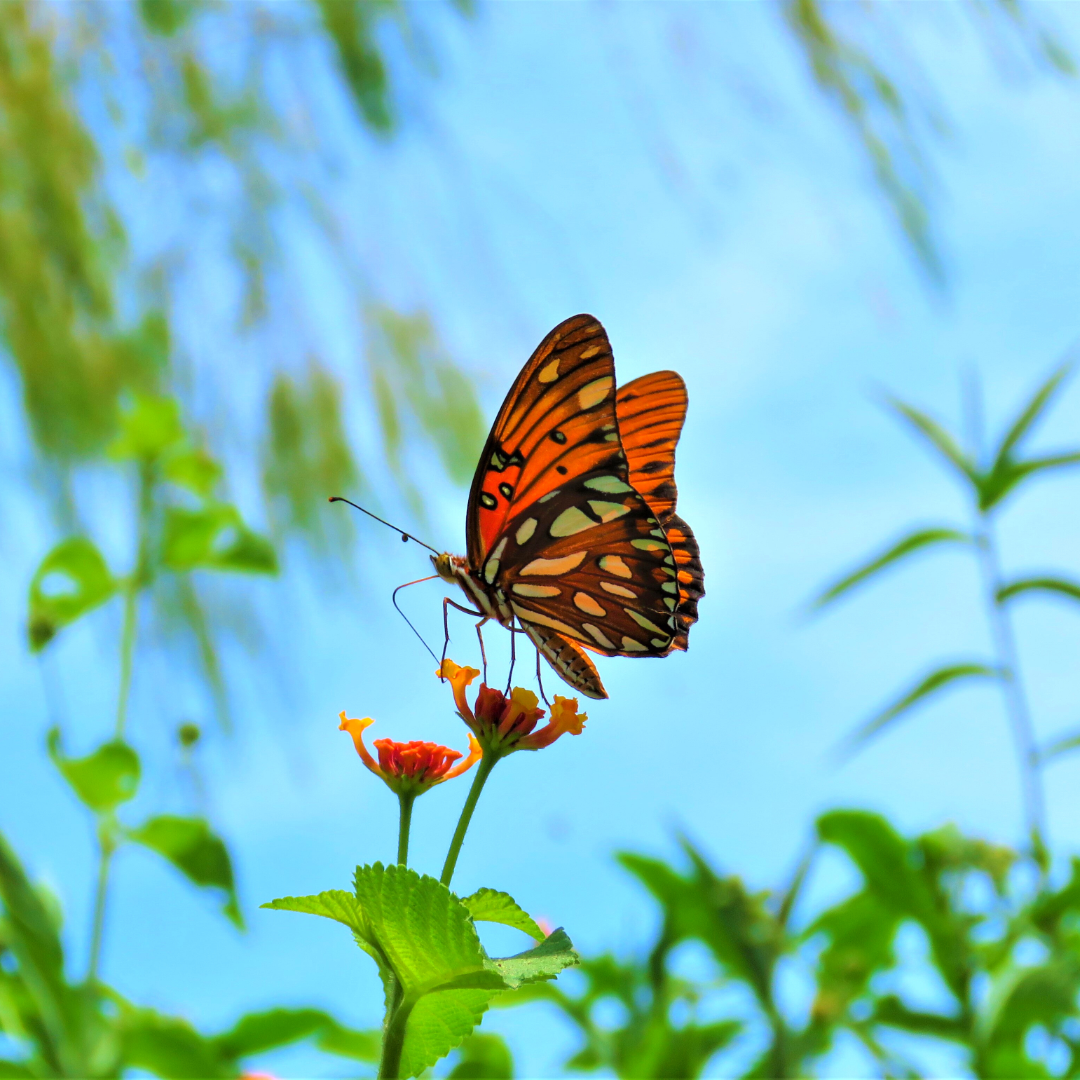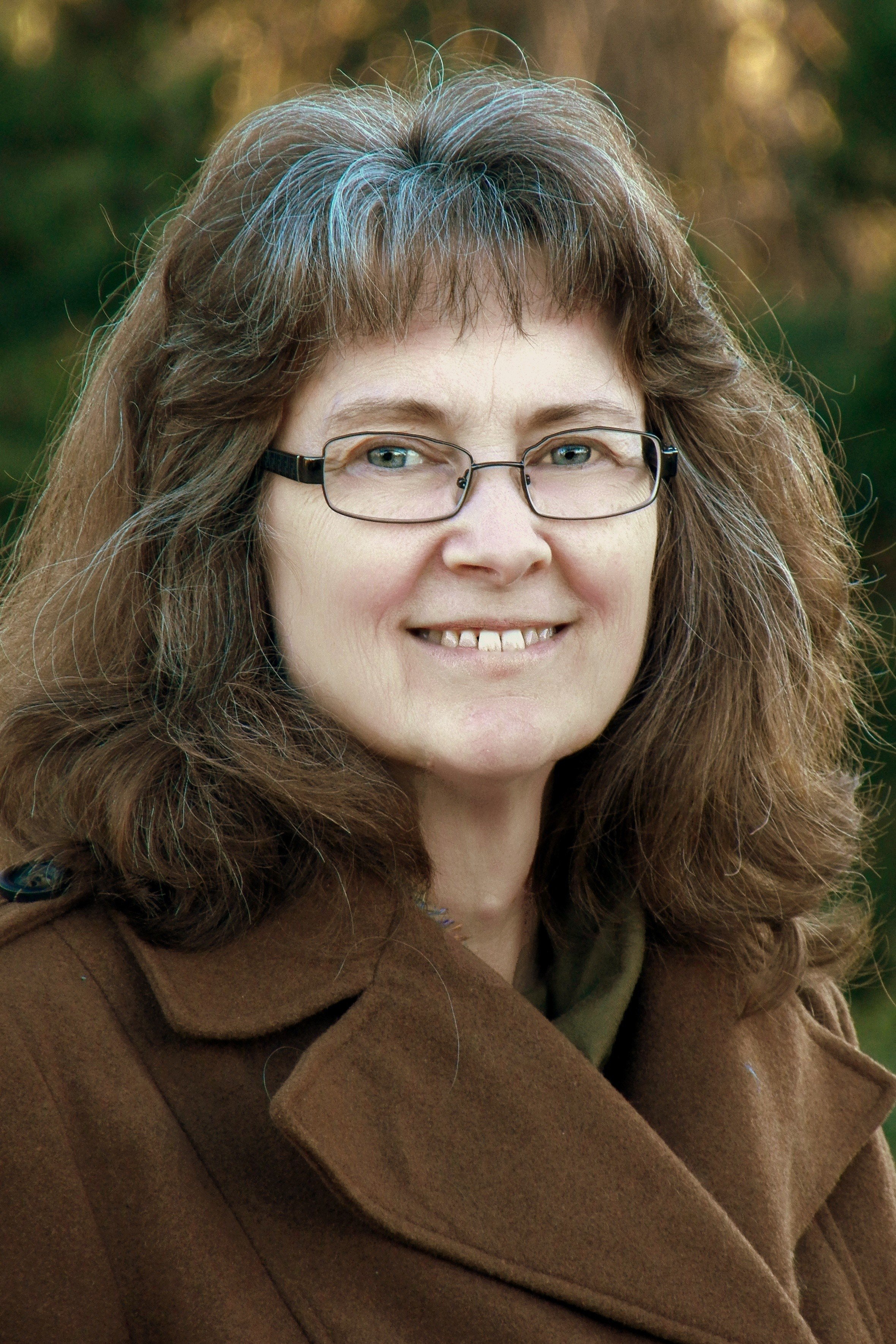
For Debra Black, a caterpillar’s struggle in the cocoon is very much like our own struggle in holiness.
Thanks to the extra rain this year, our spring flowers have extended into the summer. With them comes a variety of butterflies flitting here and there. Butterflies have always enchanted me, and I still love to follow them as they lead me to flowers and bushes I may have otherwise overlooked.
When my daughter was young, we raised butterflies twice a year in a tent about 4 feet high. The caterpillars spin a cocoon hanging upside down. They hang silently still until fully transformed into the butterfly. Trying to escape, the cocoon spins and spins and spins rapidly, tirelessly, frantically until the butterfly can finally bust through. Once free, they must rest and fan their wings to dry. Then they are completely free to fly.

One time, a butterfly emerged with a broken wing folded over. It seemed injured from the thrashing to break free of the cocoon. We would place flowering plants in the tent and also sprinkle sugar water on the plants daily to ensure the butterflies had food. So, we placed this butterfly on his own plant, and checked him daily to ensure he had not fallen off.
After about two weeks, butterflies will instinctively seek to mate before they die. They would begin to frantically fly about the tent looking for a way out. We would release them into the gardens to prevent them from injuring themselves. We carefully placed the lame butterfly in the center of a flowering bush where he would have both protection and food, also leaving some sugar water on the leaves. Then he could die naturally.
The healing of our wounds, the putting off of the old man and the putting on of the new, cannot be done without great violence and suffering [in the soul]. (Servant of God Fr. John Arintero)
Reflecting on this one day, I realized how this battle with the cocoon is somewhat like the battle we face seeking spiritual growth. Some butterflies never make it out of the cocoon. Some never try; the cocoon just sits still. Others will spin now and then but with less sensationalism, less endurance. They eventually die in the cocoon instead of being transformed into a new creature living the free life for which they were created. That happens too easily to us when we remain comfortable in our weakness and only occasionally try to change our ways.
At other times, the spiritual life can feel like a butterfly stuck in the cocoon, trying but unable to get out. That’s how it can seem for a person of passion, a giver of gifts, one who wants to share their talents with the world. Too often, we think, “if God wants me restrained within the cocoon, then it must be my destiny.” ‘Offer it up’ can be misunderstood as ‘give up’. It is a saddened acceptance; a giving up of Hope. A blindness to the opportunity of living passionately in our current state of life.
So whoever is in Christ is a new creation: the old things have passed away; behold, new things have come. (2 Corinthians 5:17)
n the cocoon, the caterpillar is being totally transformed into an entirely new creature from the inside out. And so are we when we ardently pursuing our relationship with God. In the darkness of purgation and desolation coupled with attacks from the enemy, the soul feels as though it may never see light again, never be free. Yet it isn’t God’s intent for the soul to remain in the darkness; the darkness is simply the soul’s battle with itself to surrender itself fully to God. Rather than surrender, the soul struggles to escape the cocoon before it is finished transforming.
How much damage we do to ourselves fighting to escape that cocoon rather than letting God set us free? Christ promises His yoke will be easy; it is we who make it difficult.

Copyright 2022 Debra Black
Images: Canva
About the Author

Debra Black
Debra Black is a spiritual director, perpetual member of the Fellowship of Catholic Scholars, international educator, and businesswoman. Her public service roles have spanned city commissioner, pregnancy clinic board of directors, youth and college ministry, public citizen activism, and homeless street ministry. Her writings can be found at TheFaceOfGraceProject.com, including her latest books, The Life Confession: A Discovery of God’s Mercy and Love and Kick Butt: The Quick Guide to Spiritual Warfare.


.png?width=1806&height=731&name=CatholicMom_hcfm_logo1_pos_871c_2728c%20(002).png)
Comments